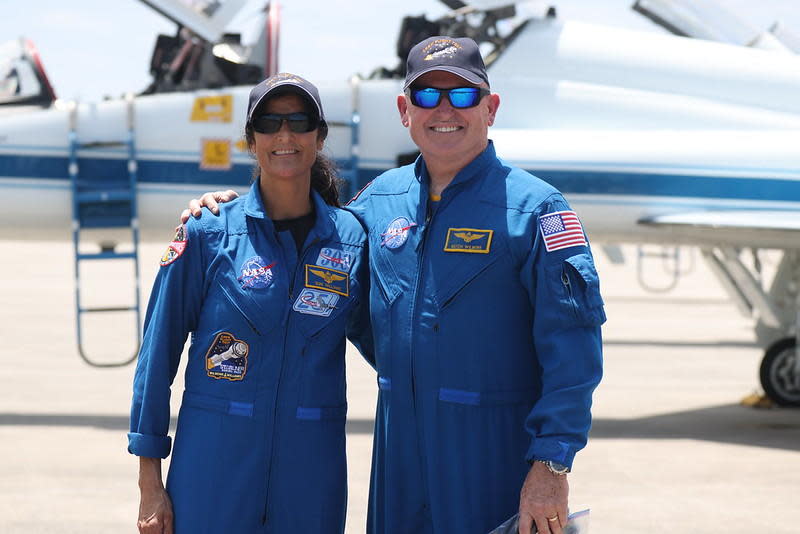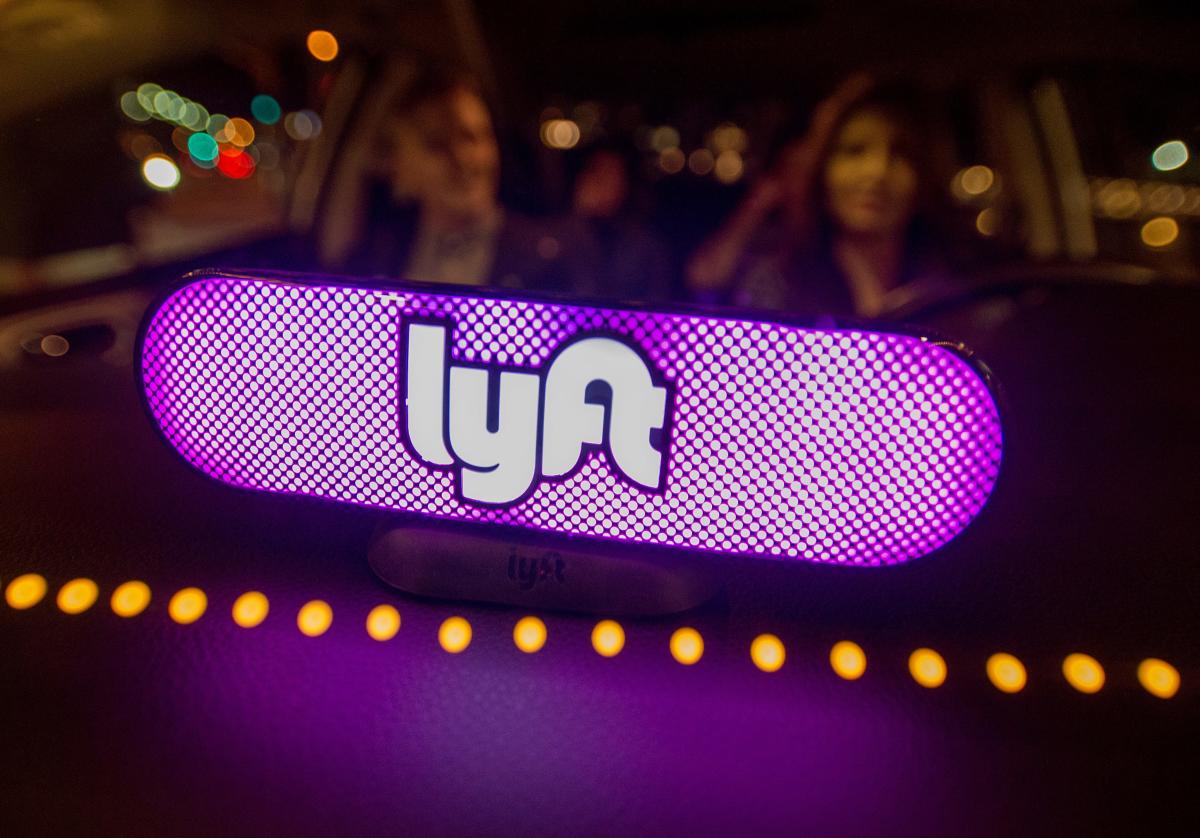A United Launch Alliance Atlas 5 rocket was readied for blastoff Wednesday in a third attempt to get Boeing’s long-delayed Starliner crew capsule into orbit for its first piloted test flight, a cruise to the International Space Station.
NASA commander Barry “Butch” Wilmore and co-pilot Sunita Williams, both former Navy test pilots, planned to strap in just after 8 a.m. EDT to await liftoff at 10:52 a.m. That’s roughly the moment Earth’s rotation carries the pad into alignment with the space station’s orbit — a requirement for rendezvous missions.
Once in orbit, the astronauts plan to test the Starliner’s manual controls before closely monitoring an automated 25-hour rendezvous with the station, catching up from behind and below before moving in for docking at the lab’s forward port at 12:15 p.m. Thursday. If all goes well, the Starliner and its crew will return to Earth on June 14.
The long-awaited flight marks the first launch of an Atlas 5 with astronauts aboard and the first for the Atlas family of rockets since astronaut Gordon Cooper took off on the Mercury program’s final flight 61 years ago.
It also marks the first piloted flight of the Starliner, Boeing’s answer to SpaceX’s Crew Dragon, an already operational, less expensive spacecraft that has carried 50 astronauts, cosmonauts and civilians into orbit in 13 flights, 12 of them to the space station, since an initial piloted test flight in May 2020.
NASA ordered two spacecraft from different vendors to ensure uninterrupted transportation to and from the space station even if a problem of some sort grounded one company’s ferry ship. Despite a larger NASA contract, Boeing’s Starliner is four years behind SpaceX getting astronauts to space.
But Wilmore and Williams say the spacecraft is now safer and more capable thanks to numerous upgrades and fixes.

“I’m not going to say it’s been easy. It’s a little bit of (an) emotional roller coaster,” Williams said before the crew’s first launch attempt. But, she added, “we knew we would get here eventually. It’s a solid spacecraft. I don’t think I would really want to be in any other place right now.”
The final push to orbit was held up by last-minute trouble with the Atlas 5, the Starliner and a launch pad computer system.
A May 6 launch try was derailed by a suspect pressure relief valve in the Atlas 5’s Centaur upper stage. The valve was replaced, but concern about a small helium leak in the Starliner’s propulsion system delayed a second attempt to June 1.
The second time around, trouble with one of three ground computers used to orchestrate the final minutes of the countdown triggered another scrub. The computer hardware was replaced, clearing the way for a third launch try Wednesday.
Sneak peek: Who Wanted Nicki Lenway Dead?
Ceremony honors school mentors from New York City initiative
Texas man discusses wife’s miscarriage amid abortion restrictions
Signup bonus from





